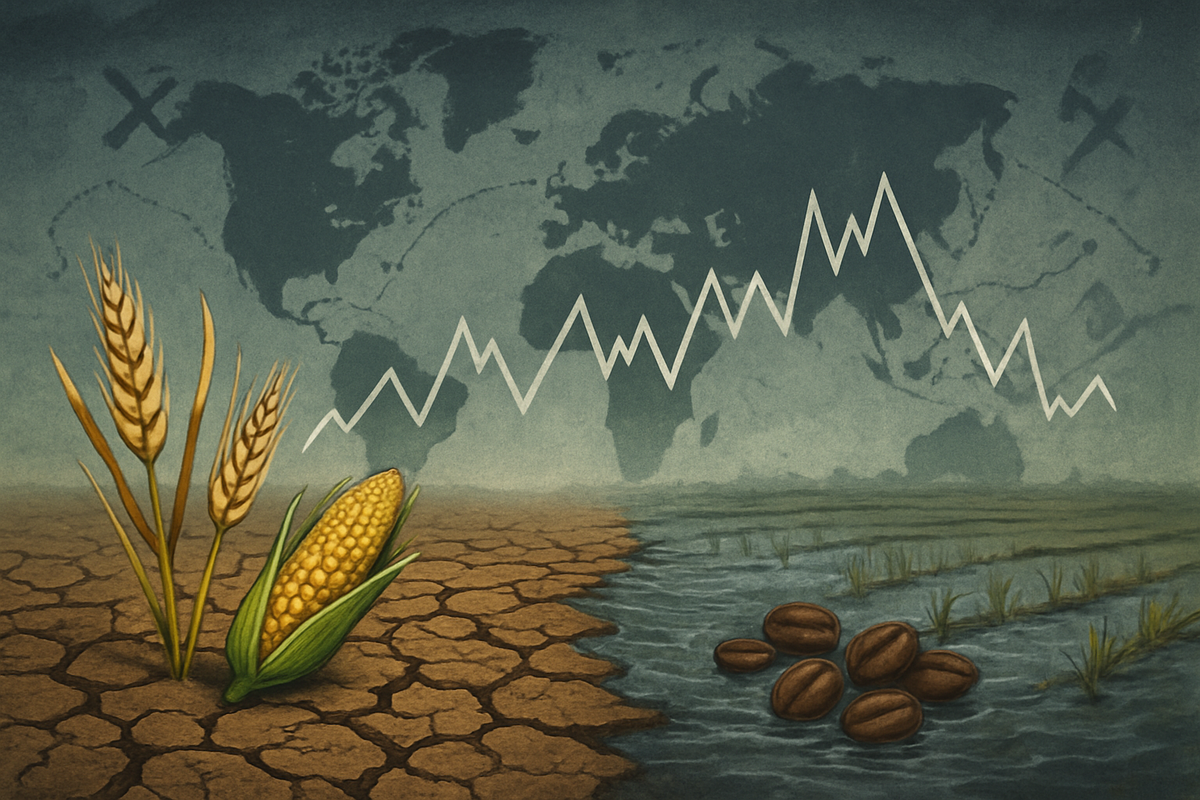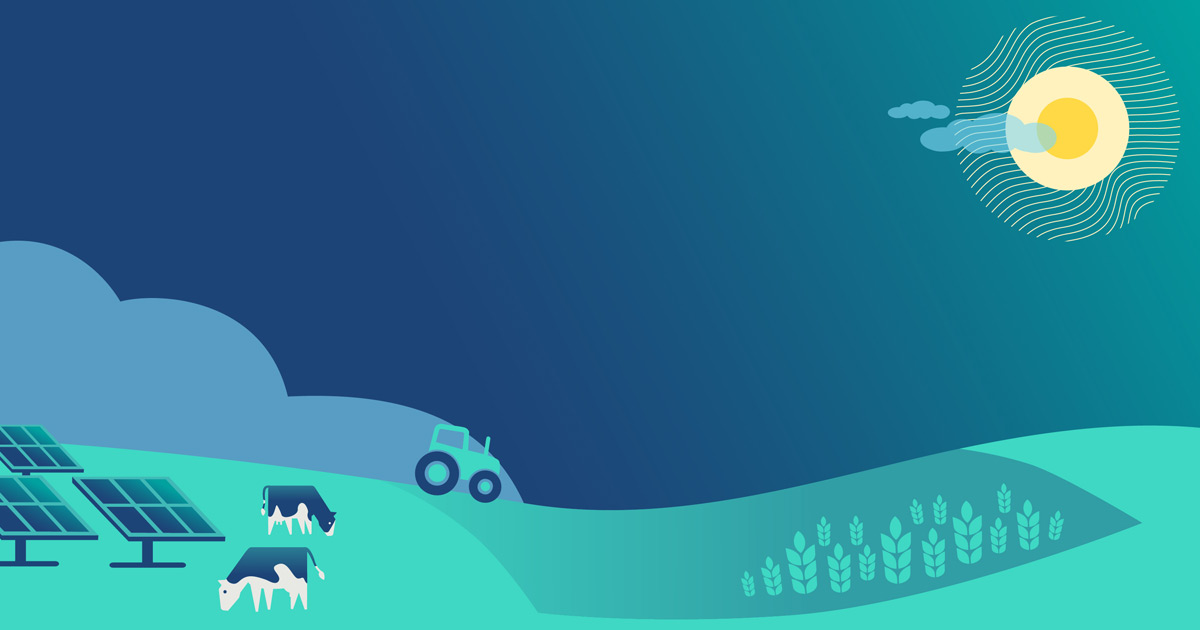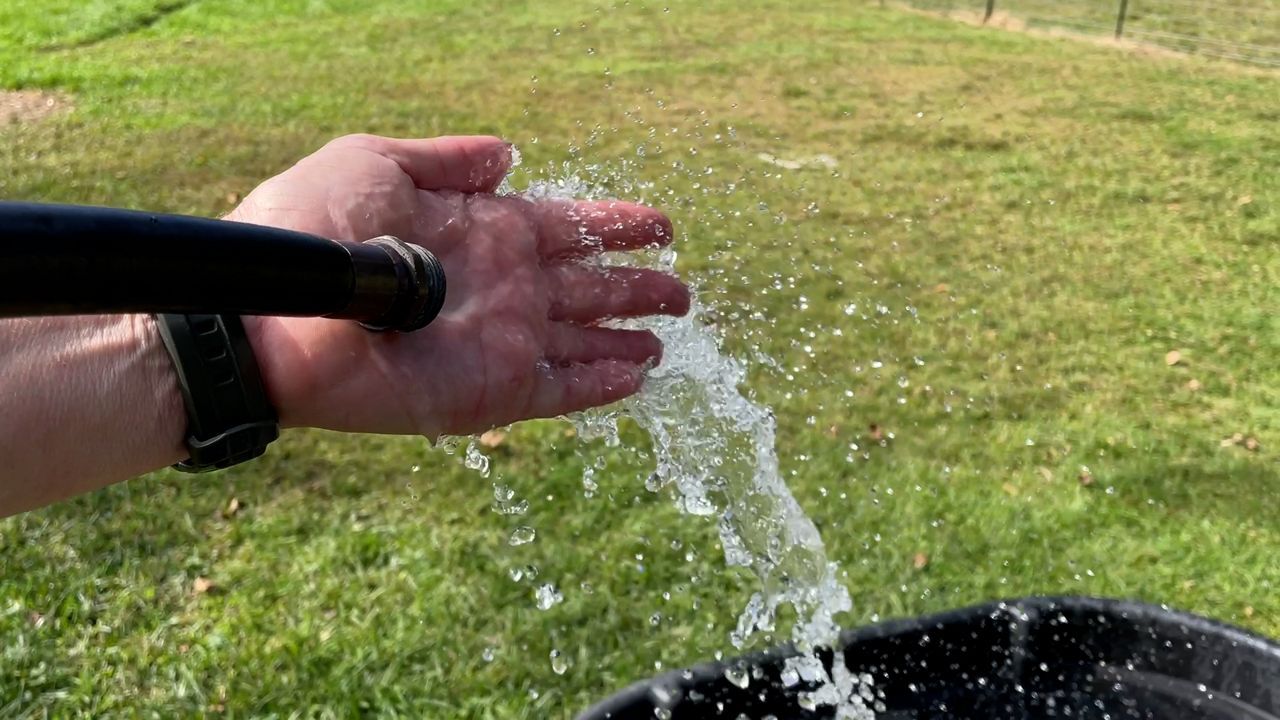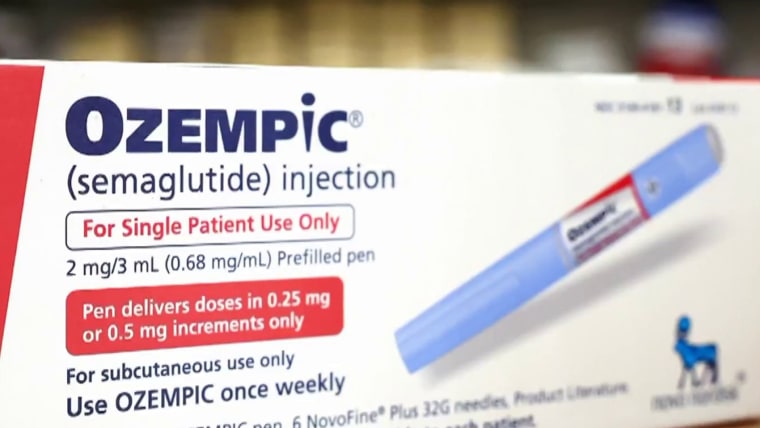Brazil and food imports – Energy & Climate Intelligence Unit | ECIU

Analysis of UK Food Imports from Brazil and Sustainable Development Goal Implications
Overview of UK-Brazil Agri-Food Trade
In the last year, Brazil was the United Kingdom’s leading food supplier by volume from outside Europe and North America, exporting approximately 1.4 million tonnes of food valued at nearly £1.2 billion. This trade relationship underscores Brazil’s significant role in the UK food supply chain. However, the production of these key commodities is increasingly impacted by environmental and climate-related challenges, posing significant risks to supply chain stability and progress towards global Sustainable Development Goals (SDGs).
Key Commodity Imports and SDG Linkages
Soy
The UK imported £243 million of Brazilian soy in 2024, representing 60% of its total soy imports. Approximately 90% of this is utilized for animal feed, underpinning intensive livestock production.
- Production is frequently disrupted by extreme weather, including droughts and heatwaves in the Amazon, Cerrado, and southern grain belts, which are exacerbated by climate change.
- Deforestation linked to soy cultivation contributes to reduced rainfall and damages agricultural productivity, with climate change projected to reduce yields by 6% for every 1°C of warming.
- SDG 12 (Responsible Consumption and Production): The reliance on soy for animal feed highlights unsustainable production and consumption patterns within the UK food system.
- SDG 13 (Climate Action): Climate change directly threatens soy production, while deforestation for its cultivation accelerates global warming.
- SDG 15 (Life on Land): Soy expansion is a significant driver of deforestation and ecosystem degradation in critical biomes like the Amazon and Cerrado.
Coffee
Brazil is the UK’s largest supplier of green coffee beans, providing 30-35% of unroasted beans, valued at £225 million in 2024. Coffee is a highly climate-sensitive crop.
- Hot and dry conditions linked to El Niño reduced yields in the 2023/24 harvest, leading to significant price increases.
- The majority of global coffee production occurs in nations highly vulnerable to climate change, threatening long-term supply stability.
- SDG 13 (Climate Action): The vulnerability of coffee crops to changing climate patterns demonstrates the direct impact of global warming on agricultural commodities.
- SDG 8 (Decent Work and Economic Growth): Climate-induced volatility threatens the economic stability and livelihoods of millions of coffee producers in Brazil.
Chicken
The UK imported 51,000 tonnes of Brazilian chicken in 2024, valued at £143 million. This represents 13% of total UK chicken imports.
- Brazil’s poultry sector is intrinsically linked to its soy industry, as soymeal is a primary feed component.
- Consequently, the poultry supply chain is exposed to the same environmental pressures as soy, including deforestation, drought, and rising temperatures.
- SDG 12 (Responsible Consumption and Production): The environmental footprint of chicken production is magnified by its dependence on feed sources linked to deforestation and high resource use.
- SDG 15 (Life on Land): The demand for chicken indirectly drives deforestation through its reliance on soy cultivation.
Beef
As the world’s largest beef exporter, Brazil supplied 5-10% of UK beef imports in 2024, worth £91 million. Most export-oriented production is located in the Amazon and Cerrado biomes.
- Cattle ranching is the leading cause of deforestation in the Amazon, accounting for 80% of forest loss and 3.4% of annual global emissions.
- This deforestation pushes the Amazonian ecosystem towards a critical tipping point, threatening its ability to sustain itself.
- Severe droughts and record heat have increased pasture stress and water scarcity in key ranching regions.
- SDG 15 (Life on Land): The beef industry is the single largest driver of deforestation in the Amazon, causing irreversible biodiversity loss and ecosystem collapse.
- SDG 13 (Climate Action): Emissions from deforestation for cattle ranching are a major contributor to global climate change.
- SDG 12 (Responsible Consumption and Production): The UK’s consumption of Brazilian beef is directly linked to unsustainable and environmentally destructive production practices.
Tropical Fruit and Sugar
The UK imports significant quantities of Brazilian tropical fruits and sugar, including limes (87% of UK imports), papayas (86%), melons (48%), and raw cane sugar (37%). These imports support year-round food availability in the UK and agricultural livelihoods in Brazil.
- Production of these commodities is increasingly exposed to climate extremes, such as prolonged droughts and record heat.
- These events, made more likely by human-driven climate change, strain water systems and reduce crop yields.
- SDG 8 (Decent Work and Economic Growth): While trade supports livelihoods, these are under threat from climate change impacts on agriculture.
- SDG 2 (Zero Hunger): Climate instability threatens the productivity and reliability of these food sources, impacting food security.
- SDG 13 (Climate Action): The viability of fruit and sugar production is directly challenged by the increasing frequency and intensity of extreme weather events.
Orange Juice
Brazil dominates the global orange juice market, supplying over 70% of world exports. This trade represents a highly visible link between UK consumers and Brazilian agriculture.
- The citrus sector has been severely affected by climate stress, including prolonged droughts and heatwaves.
- The spread of citrus greening disease, exacerbated by environmental stress, has further reduced yields and processing capacity, contributing to higher global prices.
- SDG 12 (Responsible Consumption and Production): The combination of climate stress and disease pressure challenges the long-term sustainability of current orange production models.
- SDG 13 (Climate Action): The struggles of the Brazilian orange industry are a clear indicator of how climate change can disrupt major global food supply chains.
1. Which SDGs are addressed or connected to the issues highlighted in the article?
The article highlights several interconnected issues related to food production, international trade, and environmental degradation, which directly relate to the following Sustainable Development Goals (SDGs):
-
SDG 2: Zero Hunger
This goal is relevant as the article discusses global food supply chains, agricultural productivity (soy, coffee, etc.), and the threats posed by climate change to food production. It focuses on the stability of food supplies from Brazil to the UK.
-
SDG 8: Decent Work and Economic Growth
The article connects economic activity (food imports worth nearly £1.2 billion) with significant environmental degradation (deforestation, climate change). This addresses the challenge of decoupling economic growth from its environmental impact.
-
SDG 12: Responsible Consumption and Production
This is a central theme, as the article details the UK’s consumption of products (soy, beef, coffee) and links it to unsustainable production patterns in Brazil, such as deforestation for cattle ranching and soy cultivation, which have severe environmental consequences.
-
SDG 13: Climate Action
The article explicitly and repeatedly links the issues to climate change. It discusses how human-induced climate change increases the likelihood of extreme weather (droughts, heatwaves), which in turn disrupts agricultural production and supply chains. It also mentions that deforestation contributes to global emissions.
-
SDG 15: Life on Land
This goal is directly addressed through the extensive discussion of deforestation in the Amazon and Cerrado biomes. The article identifies cattle ranching and soy production as primary drivers of deforestation, threatening terrestrial ecosystems and biodiversity.
2. What specific targets under those SDGs can be identified based on the article’s content?
Based on the article’s content, the following specific SDG targets can be identified:
-
Target 2.4: Ensure sustainable food production systems
The article demonstrates the vulnerability of current food production systems. It states that “Deforestation and climate change are leading to less rainfall, undermining natural cooling systems and damaging agricultural productivity.” This highlights the urgent need for resilient and sustainable agricultural practices to ensure stable food supplies.
-
Target 8.4: Improve global resource efficiency in consumption and production and endeavor to decouple economic growth from environmental degradation
The article shows a strong coupling of economic activity with environmental harm. For example, it notes that Brazil’s role as a major beef exporter is directly linked to environmental degradation, as “Extensive cattle ranching is the number one culprit of deforestation in virtually every Amazon country, and it accounts for 80% of current deforestation.”
-
Target 12.2: Achieve the sustainable management and efficient use of natural resources
The article points to the unsustainable use of natural resources like land and water. The expansion of cattle ranching into the Amazon and Cerrado biomes, leading to deforestation and worsened “pasture stress and water scarcity,” is a clear example of unsustainable resource management.
-
Target 13.1: Strengthen resilience and adaptive capacity to climate-related hazards
The article details how Brazil’s agricultural sector lacks resilience to climate hazards. It mentions that “prolonged droughts and record heat have strained crops and water systems” and that “hot and dry conditions linked to El Niño reduced expected yields in the 2023/24 harvest,” showing a low adaptive capacity to these events.
-
Target 15.2: Promote the implementation of sustainable management of all types of forests, halt deforestation, and restore degraded forests
This target is directly challenged by the article’s findings. The statement that cattle ranching “accounts for 80% of current deforestation” and is pushing the Amazon towards a “tipping point” indicates that deforestation is not being halted, and sustainable forest management is not being achieved in the context of the UK’s food supply chain.
3. Are there any indicators mentioned or implied in the article that can be used to measure progress towards the identified targets?
Yes, the article mentions and implies several quantitative and qualitative indicators that can be used to measure progress:
-
Agricultural Yields
The article implies this indicator by discussing how climate change affects productivity. For instance, it projects that climate change will “reduce soy yields by roughly 6% for every 1°C of warming” and notes that El Niño “reduced expected yields in the 2023/24 harvest” for coffee. Tracking these yields would measure progress towards Target 2.4.
-
Rate of Deforestation
This is a direct indicator for Target 15.2. The article provides a stark metric: “Extensive cattle ranching… accounts for 80% of current deforestation.” A reduction in this percentage would indicate progress.
-
Greenhouse Gas Emissions
The article mentions that deforestation is “responsible for 3.4% of global emissions each year.” This serves as a key indicator for measuring the environmental impact of production patterns, relevant to Target 8.4 and SDG 13.
-
Frequency and Intensity of Extreme Weather Events
As an indicator for Target 13.1, the article provides evidence of increasing climate-related hazards. It states that the “2023 Amazon drought was found to be around 30 times more likely because of human-induced climate change.” Monitoring the frequency of such events measures climate resilience.
-
Volume and Value of Imported Goods Linked to Deforestation
The article provides specific figures, such as “£243 million of Brazilian soy” and “£91 million worth” of beef imported by the UK in 2024. Tracking these figures, especially for commodities directly linked to deforestation, can serve as an indicator of progress towards responsible consumption (Target 12.2).
4. Create a table with three columns titled ‘SDGs, Targets and Indicators” to present the findings from analyzing the article.
| SDGs | Targets | Indicators |
|---|---|---|
| SDG 2: Zero Hunger | 2.4: By 2030, ensure sustainable food production systems and implement resilient agricultural practices. | Change in agricultural yields (e.g., soy yields projected to reduce by 6% per 1°C warming; reduced coffee yields due to El Niño). |
| SDG 8: Decent Work and Economic Growth | 8.4: Improve global resource efficiency in consumption and production and endeavor to decouple economic growth from environmental degradation. | Percentage of global emissions from production activities (e.g., deforestation for beef responsible for 3.4% of global emissions). |
| SDG 12: Responsible Consumption and Production | 12.2: By 2030, achieve the sustainable management and efficient use of natural resources. | Volume of imports linked to unsustainable practices (e.g., 1.4 million tonnes of food, including soy and beef from deforested areas). |
| SDG 13: Climate Action | 13.1: Strengthen resilience and adaptive capacity to climate-related hazards and natural disasters. | Frequency and likelihood of extreme weather events (e.g., Amazon drought being 30 times more likely due to climate change). |
| SDG 15: Life on Land | 15.2: By 2020, promote the implementation of sustainable management of all types of forests, halt deforestation… | Rate and cause of deforestation (e.g., cattle ranching accounts for 80% of current deforestation in the Amazon). |
Source: eciu.net
What is Your Reaction?
 Like
0
Like
0
 Dislike
0
Dislike
0
 Love
0
Love
0
 Funny
0
Funny
0
 Angry
0
Angry
0
 Sad
0
Sad
0
 Wow
0
Wow
0



















































.jpg.webp?itok=0ZsAnae9#)


























